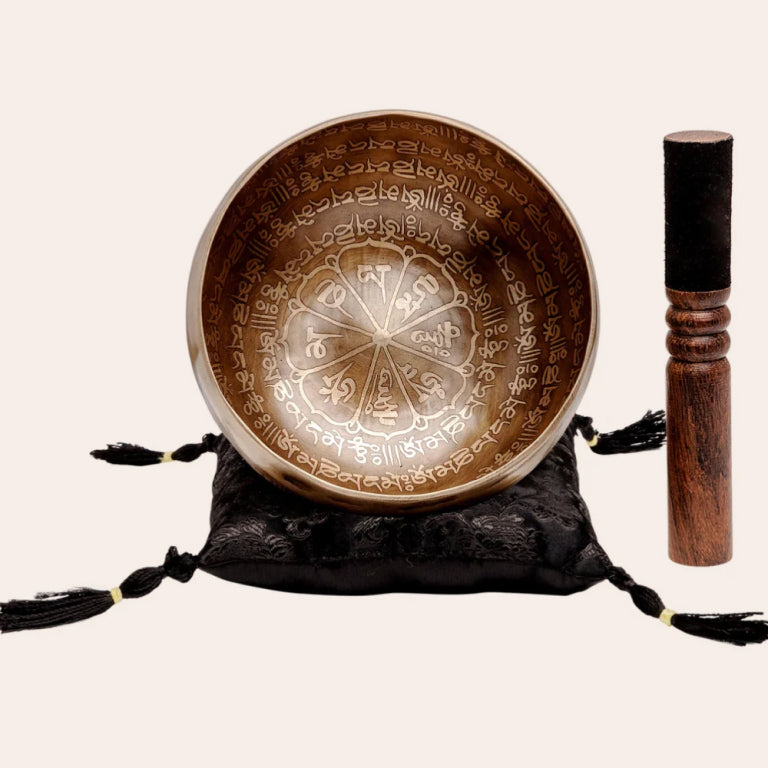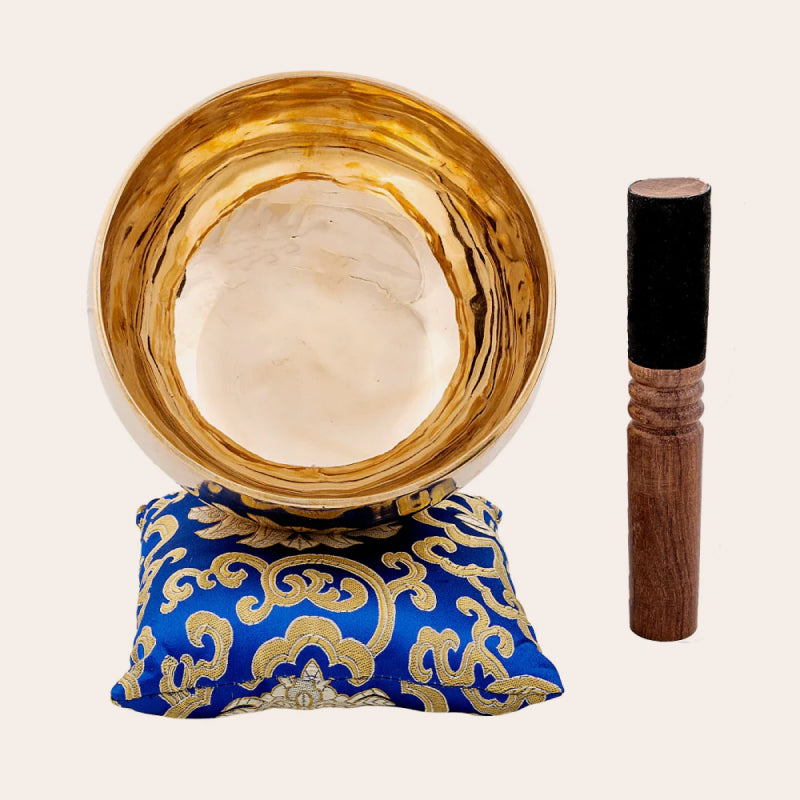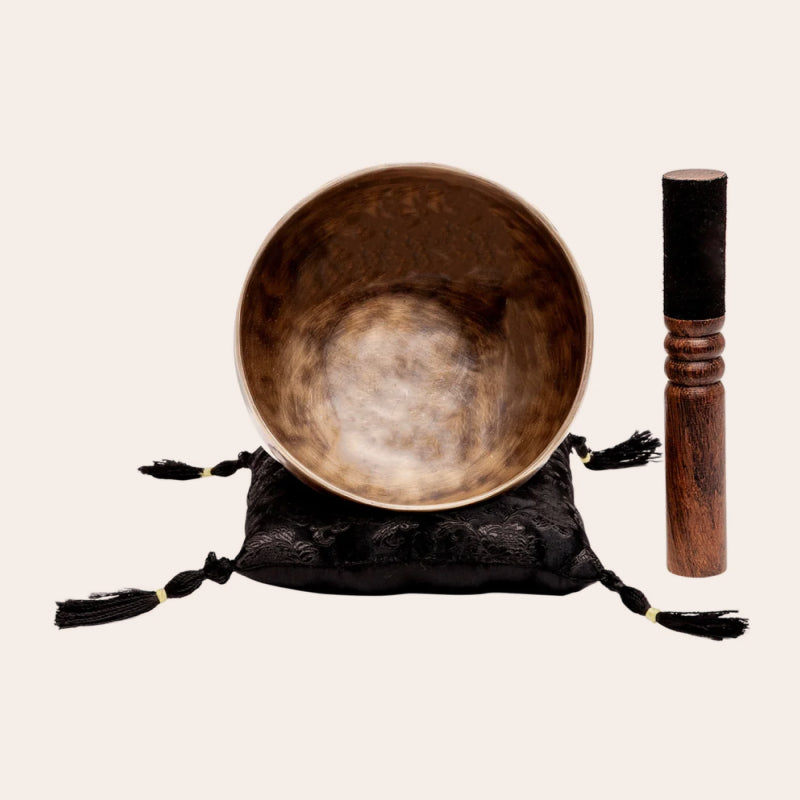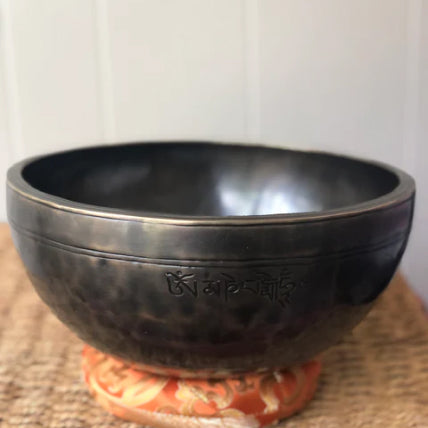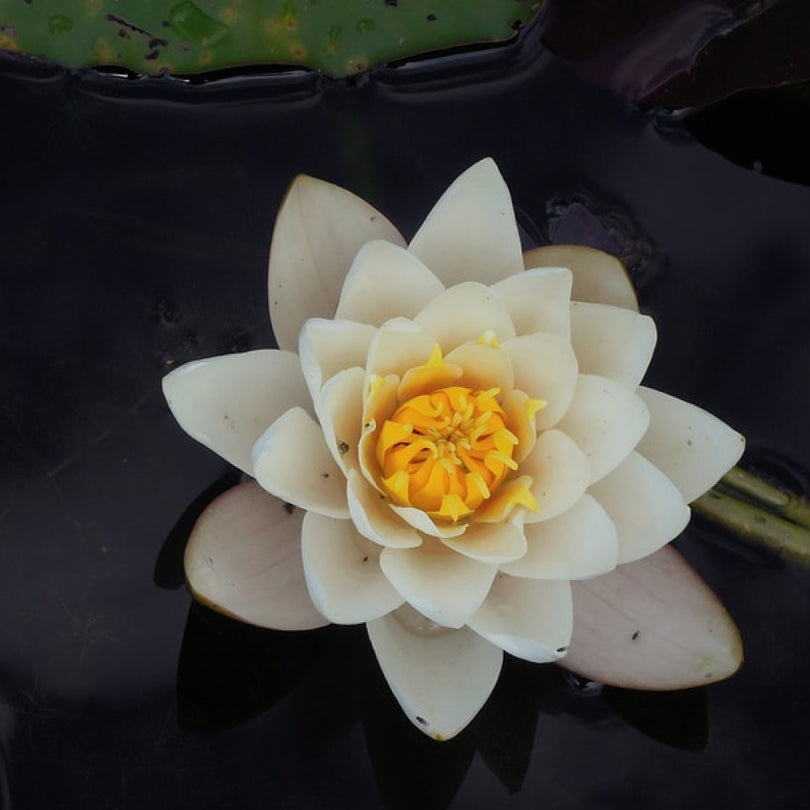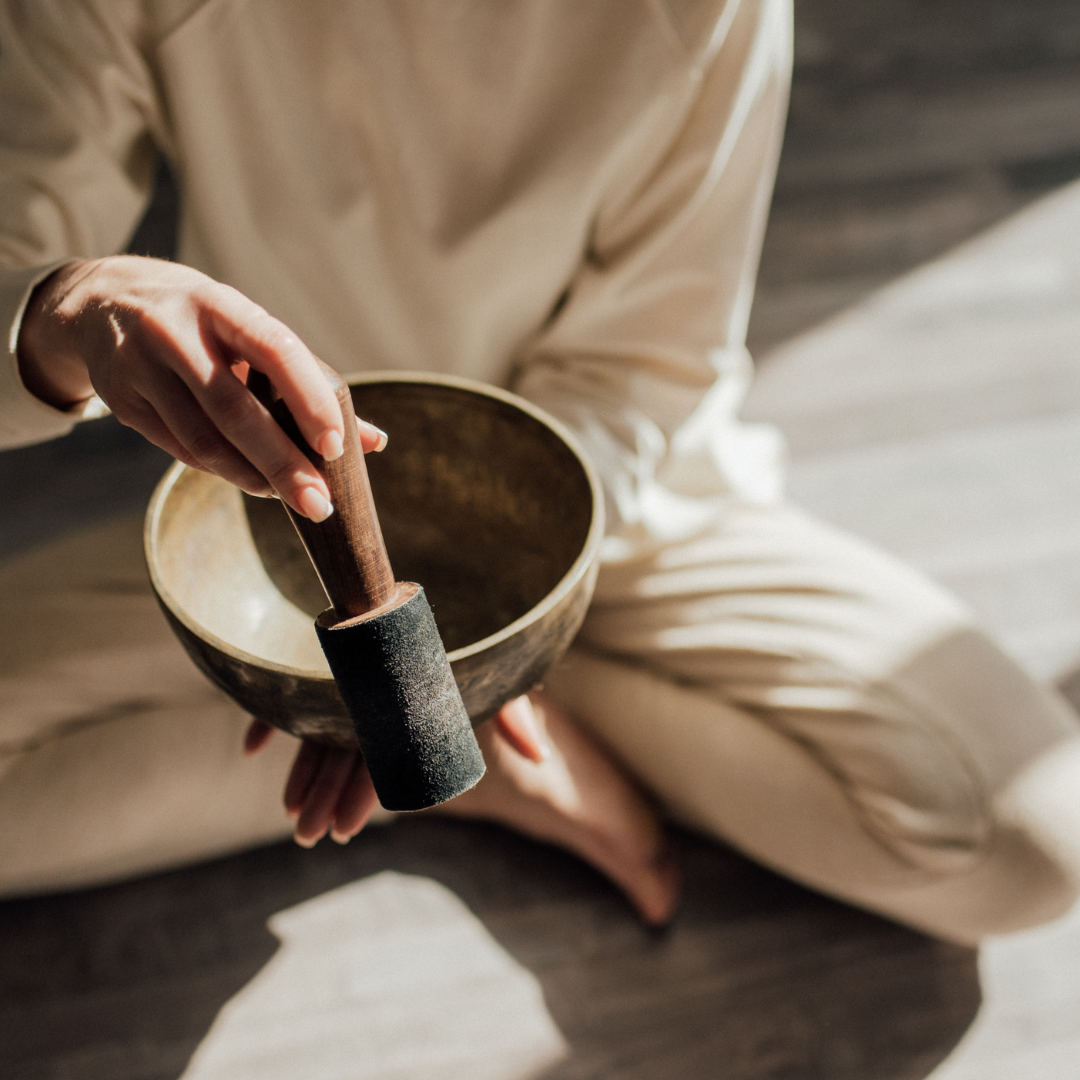Do you know prayer beads are as old as the Bulgarian Empire and go all the way back to the 7th Century?
They improve focus, attention, and manifestation besides empowering the mind, body, and spirit when used with singing bowls.
How to use prayer beads and singing bowls?
Prayer beads are strings of beads used in religions like Christianity, Islam, Hinduism, Buddhism, and others to keep a count of prayers without taking their focus off God. They work even better with the Wah Wah technique.
Read on to find out the history, powers, and uses of prayer beads with Tibetan singing bowls.
What Are Prayer Beads?
Humans used beads and stones for prayer before we started using them for aesthetics and cosmetic purposes. Also called rosaries, tasbih, and mala beads, prayer beads may be religious, cultural, or based on status/rank in one’s profession, society, or community.
Prayer beads or rosaries come from the Latin word rosarium, which means- rose garden.
If you dig into history, you’ll find prayer beads find their place in almost all religions of the world, from Christianity to Islam, Buddhism, Hinduism, Sikhism, and polytheistic communities in the Aztec and Wiccan regions.
The standard use of these beads was for prayers where mantras or verses were recited while rolling the bead of the rosary as a means to track the prayers said. As beads are separated by knots on the cord, it lets you take your mind off counting prayers and totally immersing yourself in the prayer.
There are many uses for prayer beads in alternative healing practices such as meditation, yoga, cleansing rituals, and Reiki. They may be known as Japa-Mala or mala beads around South Asia, where Japa translates to chant/mutter in Sanskrit and mala refers to jewelry worn on the neck.
Typically, mala beads are made of 108 beads because the number is significant in Hinduism, while Islam holds the number 100 (99 + 1 bead) as their sacred number of beads. These may look stylish, but they work on more than just aesthetics.
While Tibetan monks keep prayer beads to maintain a rhythm while chanting mantras, Mahayana Buddhists use prayer beads to keep track of the total number of mantras they’re chanting.
In Christianity, rosaries are used to count the Hail Marys, verses, and prayers in evening prayers.
I Am Another Religion, Can I Use Prayer Beads and Singing Bowls?
Do you know Judaism is the only religion that doesn’t use prayer beads for worship?
That said, prayer beads are functional accessories like a carpet or candle most of us already use for prayer. So, it has no connection to a single Hindu God or Buddha.
Other than beads, bones, shells, and gemstones were also used as prayer beads ages ago by our ancestors.
Even people who aren’t religious use prayer beads to keep track of their positive affirmations, prayers, and chants these days
Read more different religious mantras around the world you can say with singing bowls.
How To Use Prayer Beads With Singing Bowls?
As you now know, prayer beads were used for scores of reasons across the world. If you’ve been following our blog posts, you know how similar it sounds to prayer bowls.
I’ll describe how to use prayer beads with singing bowls through the following steps.
Pick The Prayer Bead
The first step is to pick a mala bead. You can choose one by color, chakra, origins, appearance, vibe, or metaphysical properties.
In general, different materials like wood, gemstone, cubic zirconia, metal, and gold fare differently. To simplify your decision, go by a gemstone based on your birthstone.
Set Up Your Bowl
Once you’re done with the prayer bead, pick up your singing bowls and set them on a flat surface. You can place it atop the cushion you got with the bowl, so it’s steady.
You can also pick your mala bead and keep it next to the Tibetan bowl while playing it for a few. This would cleanse the mala bead if it absorbed any negative energy until reaching your hands.
Method #1: Mantras or Verses
The first and the easiest way to combine the healing energies of the sound bowl with prayer beads is by reciting positive affirmations, religious verses, or mantras.
For this, you must write positive affirmations or select your verses for manifestation.
To start, tap the wall or the mouth of the bowl gently. Once you’ve got the bowl singing for a few rounds, start chanting your mantras.
Method #2: Playing Around The Rim and Rolling
The second method is good for those who’ve spent time and energy playing one or more singing bowls. In this way, you play the singing bowl via rimming.
You also chant your sentence, phrase, verse, or prayer once before a rotation around the singing bowl is over. While doing the above, roll the bead on the mala up or down every time.
Method #3: Wah-Wah Method For Advanced Users
If you haven’t read our six techniques to play singing bowls, go ahead and read it because it’s a great guide for beginners to explore their singing bowls further.
In this method for using prayer beads, you combine chanting and singing bowls by saying the mantra and bringing it to your mouth while circling the mallet around the bowl’s rim or side.
As a result, your sound and the sound of the bowl fuse to create new energies.
Get Started With Positive Prayers!
Prayers are positive affirmations written and composed well through ages of traditions, faith, and beliefs. So, no matter which religion you follow, praying is good.
And singing bowls are just like scented candles or lights you add to your praying space. They are scientifically good for improving focus, attention, and energy in the mantra, chant, or verse you’re reading.
Although many people wear mala beads for aesthetics and fashion, they’re powerful sources of positivity.
Try using them before or after your favorite singing bowl session, and share your experience with us.

